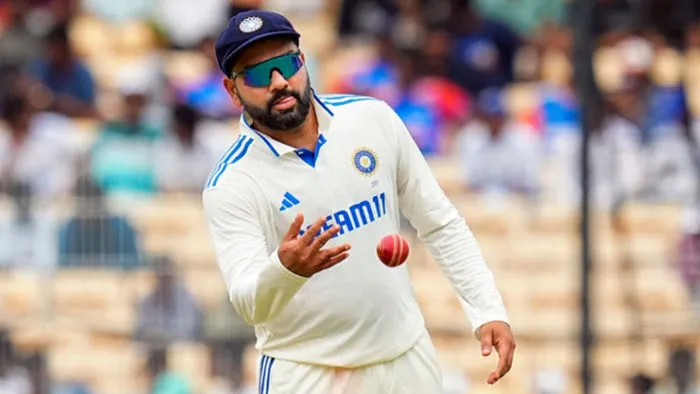On Wednesday morning , Alex ‘Chumpy’ Pullin — two-time world snowboard champion and Winter Olympian — drowned in the sea at Palm Beach, Gold Coast, in Australia. It’s believed he suffered a shallow water blackout while spearfishing. An Olympian and a world champion in snowboarding had such a sorry ending that it shall be taken as a lesson by everyone that even the elite athletes can drown if not cautious!
Everywhere, the lifeguards are requesting everyone to follow safety norms so that unfortunate drowning is avoided. The loss of this elite athlete extends to the game which he represents; it extends to the entire sports fraternity worldwide!
Why did Alex drown? As per police officials, the Olympian went for freediving but he was not wearing the oxygen mask, hence violating the Standard Operation Procedures. I remember the Trivandrum National Swimming Championship around 1974-75 where India’s fastest and first swimmer who clocked less a minute in a 100m freestyle dash came across an accident on the beach. The swimmer had violated the safety norms and was bashed badly by the sea waves that injured him so severely that he had to quit swimming.
Adhering to the safety norms will avoid fatal accidents and ensure the safety of a swimmer. But it is noteworthy to ask why do professional swimmers drown too? Good swimmer’s overconfidence can prove dangerous because he or she often tends to overlook the below-mentioned things:
A. Depth of water body
B. Type of water body
C. The current of flowing water
D. Water temperature
E. Dimensions of the water body
F. Whether the swimmer is alone or accompanied
G. The environment around the water body
H. Local body’s warnings
I. Do water beings present if any?
J. All the safety equipment that’s needed?
The above-mentioned concerns may seem trivial at times but are very important to be considered. For instance, let me share an example of my own. I went to Perth, Australia, in January 2003, to pursue my Bronze Medallion course in Lifeguard and to participate in a sea race. One day, I was patrolling on the beach to fulfil the internship protocol, and after the duty, I was told to enjoy the seawater. Being a national level swimmer, I was very confident and ignored the local warning. When a wave approaches, one must sit down rather than obstructing it. I again refused to follow the rudimentary guideline and in a fraction of a second, I realised that the wave is strong enough to injure the bones in my neck and back. I did not have enough time to do anything but to lift my legs to survive. I have still got numerous scratches on my body from the darting sand granules. It was a lesson I learnt the hard way.
To ensure safety during the swimming, one must follow the aforementioned pointers:
1. Never swim alone, even in known waters.
2. Never swim in an unfamiliar water body unless a local expert is there to help.
3. Ensure the depth, temperature, current, and surroundings of the water body. Dive only if it is safe.
4. Never jump directly into the water body without thorough and necessary knowledge.
5. All the required safety gear should be taken along.
6. In cold water beware of cramps, sip isotonic drink regularly
7. In hard water, never swim fast.
8. Swim only to the distance from where you can return without much struggle.
9. Never swim when tired.
10. Never swim after consumption of any sedatives or substances like tobacco, weed or alcohol. 11. Follow safety guidelines of the water body which are displayed or told.
12. Swim in the presence of a lifeguard in case you are not a good swimmer
13. If you suffer cramps, do the back floating and shout for help. Try to return to the safety area immediately.
14. Asthma patients must only do backstrokes or floating.
The writer is Licence B holder, DSV Germany Swimming Federation.













